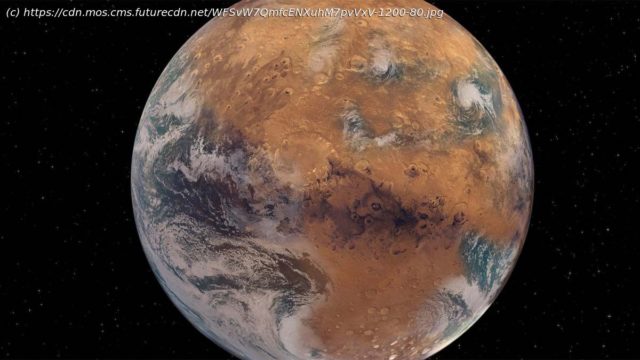This week’s science news was full of supernovae, hidden galaxies, private space stations, and the discovery that Mars was doomed from the start.
In another week of space-filled science coverage, we got plenty of supernovae, one in the form of a long-standing science mystery and the other an unexpected discovery. We learned more about the institutional shake-up over at NASA as it reorganizes itself in preparation of a major push toward the Artemis moon mission – thanks in very large part to the success of SpaceX. This week also revealed two of the oldest galaxies in the universe, shrouded behind an nearly impenetrable wall of cosmic dust, and their discovery is upending what we know about the earliest moments of the universe’s existence. Finally, we also learned in a new study of Martian meteorites that the Red Planet was condemned to become a barren desert planet before it even really finished forming, with implications for our search for life elsewhere in the galaxy. Let’s get the bad news out of the way first: Mars was destined from the start to become a dusty, bone-dry desert of a planet, on account of its size. In a new study that examined potassium deposits in Martian meteorites, as well as other meteorites sourced to asteroids and the moon, a team from Washington University in St. Louis (WUSL) found a strong correlation between a space object’s size and the speed at which water and other volatiles were lost over time. “Mars’ fate was decided from the beginning,” said assistant professor of earth and planetary sciences at WUSL, Kun Wang. “There is likely a threshold on the size requirements of rocky planets to retain enough water to enable habitability and plate tectonics, with mass exceeding that of Mars.” Wang and his fellow researchers believe that measuring an exoplanet’s size should be an important factor when looking for life on other planets, since the presence of liquid water (we assume) is an essential ingredient to life on other worlds. NASA made news this week when it announced that it was giving the green light to private space companies to start establishing their own space stations in Low Earth Orbit, a plan that is expected to save NASA at least $1 billion a year.
Home
United States
USA — software Hidden galaxies, a doomed Mars, and plenty of supernovae drive the week...






